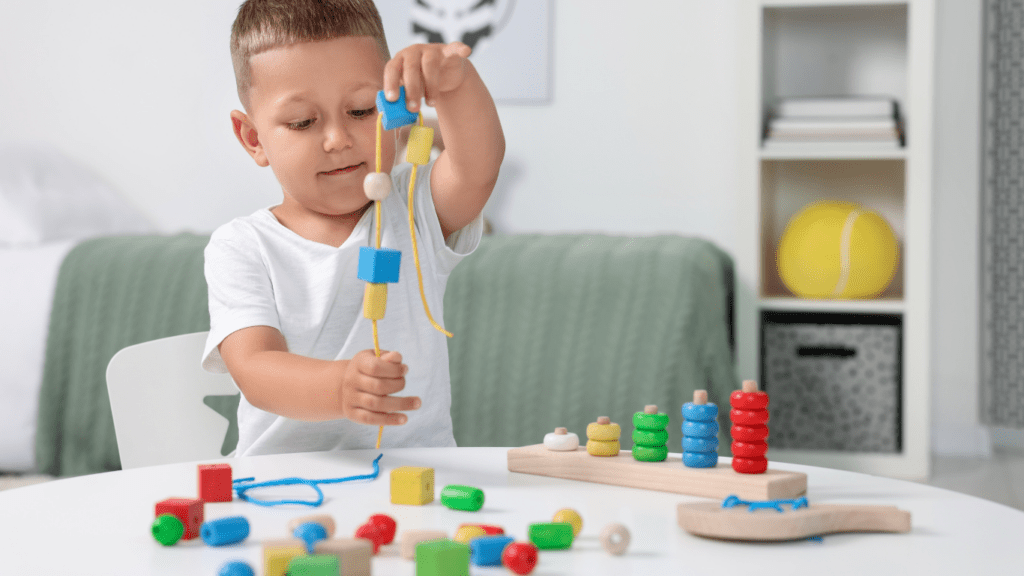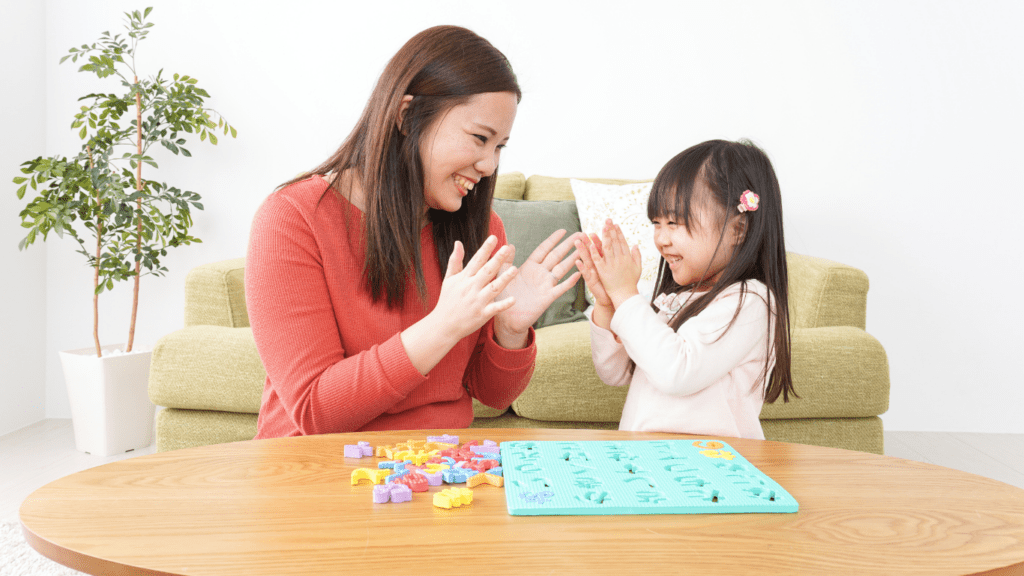Parenting is a journey filled with questions, discoveries, and countless moments of joy. One of the biggest challenges I’ve faced is understanding what my child truly needs at different stages of their growth. Every milestone brings new behaviors, emotions, and learning opportunities, leaving me wondering how to best support their development.
Understanding Developmental Stages in Children
Children grow through distinct developmental stages, each with unique milestones and needs. Understanding these stages helps me provide targeted support for their growth and well-being.
The Importance of Recognizing Developmental Milestones
Developmental milestones serve as benchmarks for a child’s progress in areas like:
- motor skills
- language
- social interaction
For example, most toddlers learn to walk between 12 and 18 months, while many preschoolers start forming complete sentences by around age 3. Recognizing these milestones enables me to monitor progress and identify potential delays early. Early intervention improves long-term outcomes if challenges arise.
How Development Affects a Child’s Behavior and Learning
Development significantly influences behavior and learning patterns. For instance, during early childhood, their brain develops rapidly, shaping their ability to absorb information and interact socially. I’ve noticed that toddlers often express emotions through actions since their verbal communication is still developing. In middle childhood, children may exhibit exploratory behavior as they refine logical thinking and problem-solving skills. Tailoring my approach to align with these developmental shifts enhances their learning experience and supports emotional growth.
Emotional and Social Development
Children’s emotional and social growth plays a crucial role in shaping their ability to connect with others and understand their feelings. By addressing these areas, I can help my child navigate relationships and develop essential life skills.
Building Emotional Resilience
- Emotional resilience enables children to manage stress and adapt to challenges.
- I focus on nurturing this by teaching my child to identify and express emotions clearly. For example, instead of labeling feelings as “good” or “bad,” I encourage describing them as “angry” or “sad.”
- Consistent encouragement and acknowledgment of their efforts reinforce self-confidence.
- When age-appropriate, I use strategies like mindfulness or journaling to help them process emotions in healthier ways.
- During emotionally intense moments, I create a calm environment and validate their feelings without dismissing them.
This approach, combined with modeling emotional regulation myself, helps my child learn from my behavior and develop an understanding of how to respond to difficult situations.
Fostering Healthy Social Interactions
Social skills, like cooperation and empathy, emerge during various developmental stages. I prioritize opportunities for my child to interact with peers by arranging playdates, enrolling in group activities, and encouraging participation in team sports. For instance, playing team-based games helps children practice sharing, taking turns, and resolving minor conflicts, which are critical social milestones.
To foster empathy, I discuss the emotions and perspectives of others during storytime or after shared experiences. For example, when reading a book, I might ask, “How do you think that character felt?” This initiates dialogue about feelings and promotes understanding. Additionally, I consistently emphasize the importance of respecting boundaries and communicating needs effectively to build positive and respectful relationships.
Cognitive and Physical Growth

Understanding how cognitive and physical development unfolds helps me better support my child’s overall growth. Both aspects are interconnected, influencing how children learn, explore, and interact with their environment.
Supporting Intellectual Development
Encouraging intellectual growth starts with fostering curiosity and problem-solving skills. I provide age-appropriate toys, like stacking blocks for toddlers and puzzles for preschoolers, to stimulate critical thinking. Reading books together daily introduces new concepts and expands vocabulary. Between ages 3 and 6, activities like sorting objects by shape or color help refine logical reasoning and categorization.
I also ask open-ended questions during conversations to develop reasoning and encourage reflection. For instance, when we explore nature, I ask, “What do you think makes plants grow?” This approach nurtures curiosity and comprehension. Structured learning, such as introducing alphabet games or counting exercises, supports cognitive milestones.
Encouraging Physical Activities for Growth
Facilitating physical activity ensures healthy development and reinforces motor skills. I incorporate activities suited to my child’s age. For ages 1 to 3, simple tasks like grasping toys, crawling, and walking build fine and gross motor coordination. Between 3 and 6, I introduce jumping, climbing, and ball games, which improve balance, strength, and agility.
Outdoor play is a key part of our routine. I encourage activities like riding a tricycle, playing tag, or practicing simple yoga poses. Engaging in group sports or dance classes, starting around age 5, also promotes physical fitness and social interaction. Structured and unstructured activities create opportunities for my child to explore movement freely while developing core physical skills.
Addressing Individual Differences
Children develop at their own pace, influenced by their genetics, environment, and personal experiences. Recognizing these individual differences helps parents provide more targeted and supportive care.
Understanding Each Child’s Unique Timeline
Each child reaches developmental milestones on a timeline that reflects their individuality. While one child may start walking at 10 months, another might take their first steps at 16 months. These variations are normal. I observe my child’s progress within a range of expected milestones, focusing on growth rather than rigid comparisons to peers. If delays seem significant or concerning, consulting a pediatrician or specialist ensures early identification of any specific needs.
Emotional and social development also progress uniquely. One child might show advanced empathy by age 4, while another of the same age could still struggle with sharing. Monitoring these differences through frequent interactions helps me better understand my child’s strengths and areas for improvement.
Adapting Parenting Strategies to Suit Their Needs
Parenting strategies become more effective when tailored to a child’s personality, learning style, and interests. For example, a child with a strong preference for hands-on learning benefits from activities like building or crafting, while a more verbal learner thrives through conversations and storytelling. I adjust activities to suit my child’s preferences without limiting exposure to new experiences.
Temperament also guides how I address challenges. A highly sensitive child might need a soft, understanding approach to discipline, whereas a more outgoing child could respond well to clear, firm boundaries. By being flexible and open to change, I adapt my techniques to nurture growth in a way that feels natural for my child.





